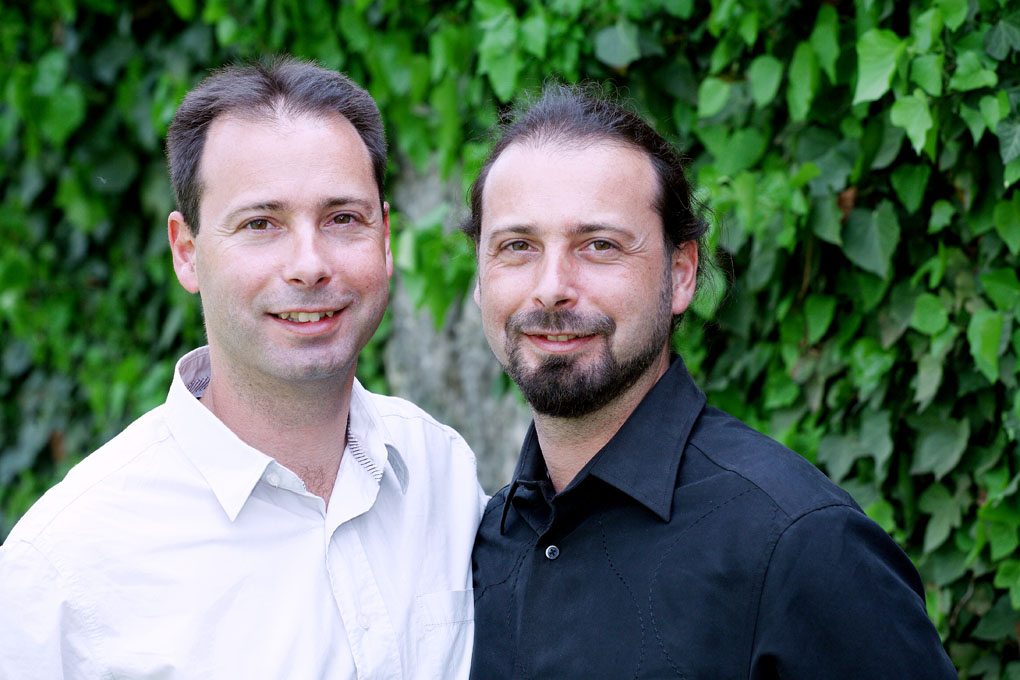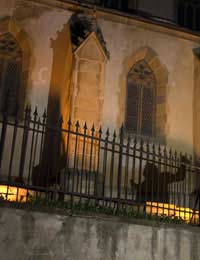

It straightened out my life," May says of nearly getting drafted. The Vietnam War was ramping up, and the U.S. "Fell in with a bunch of fast nurses and learned to play a bagpipe." "I flunked out of my first graduate school," he says. May graduated in 1962 and began pursuing a doctoral degree. "The only guy at the University of Rochester with that." "I had a letter sweater in calf roping," he says. He fell in love with physics at a local private boarding school and headed to college in New York. Fascinated with the Russian language, he taught himself the Cyrillic alphabet. "I grew up as a Jewish Hungarian cowboy in Arizona," he says, while digging into a plate of country ham at a tavern in Virginia. Born in Boston, the Navy brat moved frequently, finally settling with his family after World War II on a ranch outside Tucson. Instead, he doubled down on ESP.Īs a boy, May always seemed to stand out. At 55, the trained scientist might have retreated to academia or simply walked away. His life's work had been discredited by the CIA, and he had been humbled on national television. It was November 1995, and May was out of a job. Already embarrassed and under pressure for the disclosure that one of their own, Aldrich Ames, had been spying for the Russians for a decade, the CIA officially shut down the psychic spies program. May fought back, citing "dramatic cases in the laboratory" in which Pentagon psychics had accurately sketched a target thousands of miles away that they had never actually seen. "I don't know of a single instance where it is documented that this kind of activity contributed in any significant way to a policy decision, or even to informing policy makers about important information," he said. "Putting the 'ESP' Back Into Espionage," BusinessWeek added.ĪBC News's Nightline also joined the fray, hosting a face-off between Robert Gates, the former CIA director, and Edwin May, the scientist who had been running the government's ESP research program. "Spooks See No Future for Pentagon Psychics," a Scottish paper reported. "End of Aura for CIA Mystics," The Guardian quipped. Like a Ouija board, the resulting news headlines seemed to write themselves. Yes, the CIA researchers had validated some Star Gate trials, finding that "hits occur more often than chance" and that "something beyond odd statistical hiccups is taking place." But the report declared that ESP was next to worthless for military use because the tips provided are too "vague and ambiguous" to produce actionable intelligence.

It declared that the psychic-spy operation, code-named Star Gate, had been a bust. It's all part of an experiment run by a former Pentagon scientist to prove the existence of extrasensory perception, or ESP.īut the report, conducted for the CIA by the independent American Institutes for Research, did much more than confirm the existence of the highly classified program. Arguably, her mission is even more improbable. She's not a Satanic cultist or an incompetent terrorist. She's smoke-bombed her way from Palo Alto to Alameda, spewing her cryogenic concoction in popular city parks and near lakes, highways and Bay Area Rapid Transit (BART) subway lines. Without warning or permission, she's released nitrogen gas clouds in front of a fire station, a busy Catholic church, a water tower and a government center. Over the past two years, the same intruder has performed this clandestine ritual three dozen times across the San Francisco Bay Area. Undetected, she darts back to her SUV and is gone. A thick white cloud erupts below the airport's control tower, a witch's brew that crackles and pops. She unclasps the lid and dumps the colorless, minus-320-degree liquid into a beer cooler packed with 2,000 tiny aluminum balls. She's carrying a 13-pound canister of liquid nitrogen in her hand.

Steps from the Hayward Executive Airport in Northern California, a brunette in jeans and hiking boots scans her surroundings for police.


 0 kommentar(er)
0 kommentar(er)
